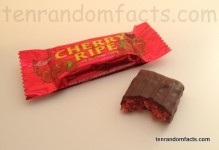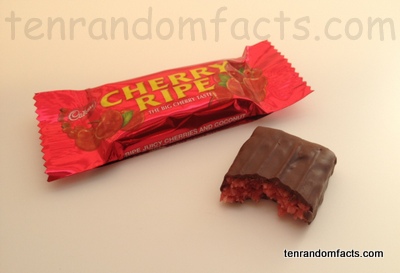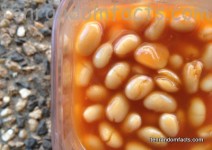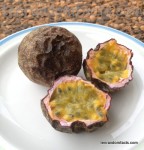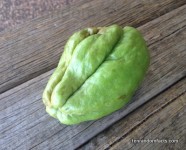
Do not choke on these choko facts.
- A choko is the fruit of a vine with the scientific name Sechium edule, that is a perennial and grows vigorously.
- ‘Chokos’ are also known by eighteen other names, including ‘cho-cho’, ‘pear squash’, ‘mirliton’, ‘chayote’, ‘vegetable pear’ and ‘christophine’.
- Chokos are native to Mexico, in southern North America, and they were later grown in Europe, other parts of America and Australasia.
- Chokos are from the family Cucurbitaceae, the family of gourds, and the fruit of the plant, as well as the leaves, roots and seeds are edible.
- Chokos are typically shaped as a pear with significant ridges and are a mid to light green colour.
- Chokos have a length ranging from 10 to 20 centimetres (4 to 8 inches) and are usually used as a vegetable and peeled before cooking.
- Chokos are most often cooked, although they can be eaten raw, and are typically used in stir-fry, relish, soup, salads, seasoned or as side vegetables, and can also be used in baked goods.
- It has been commonly suggested that the apple pies of Australia’s McDonald’s fast food outlets contain chokos, however, this is incorrect.
- Chokos are high in folate and are a good source of vitamin C and manganese.
- Chokos can positively affect the cardiovascular system and limit inflammation, while the leaves can be made into a tea for medicinal purposes.
Bibliography:
Chayote, 2014, Wikipedia, http://en.wikipedia.org/wiki/Chayote
Choko, 2014, Burke’s Backyard, http://www.burkesbackyard.com.au/2001/archives/2001_archives?p=1320






